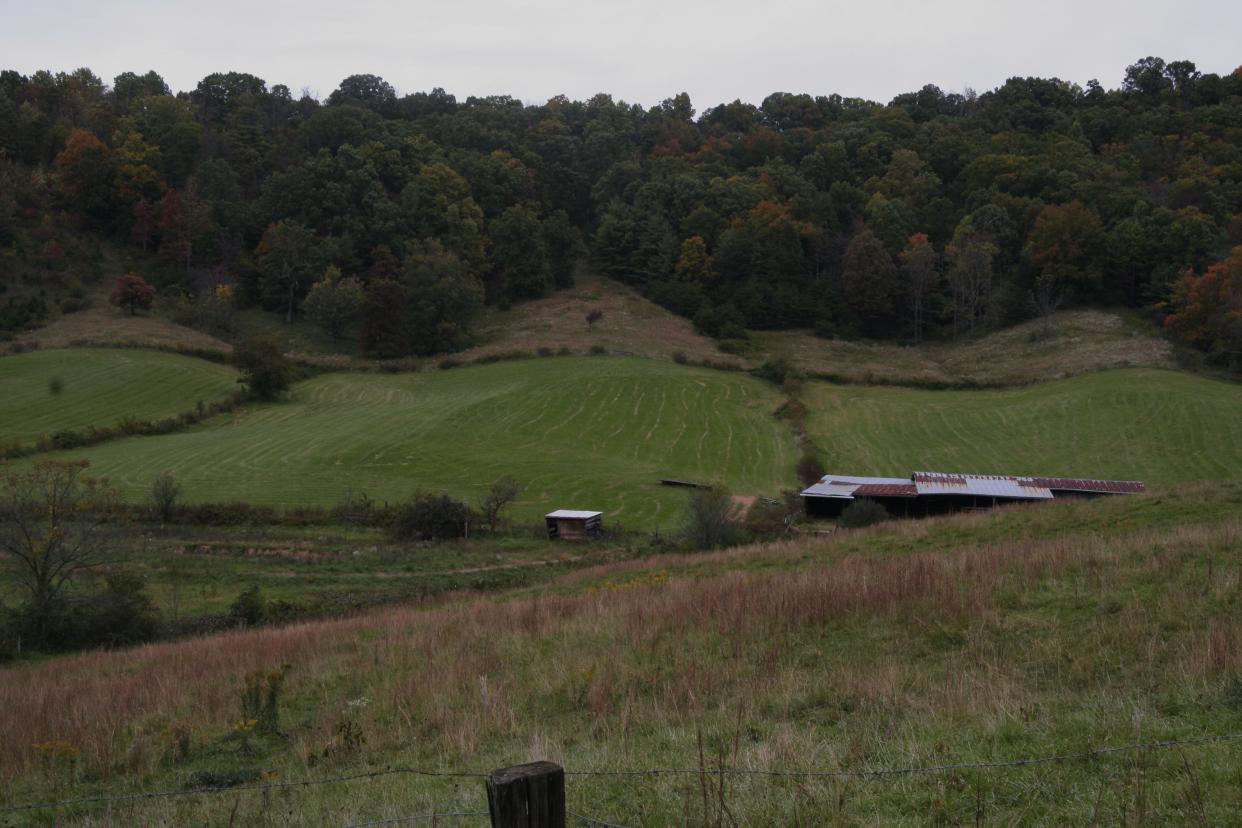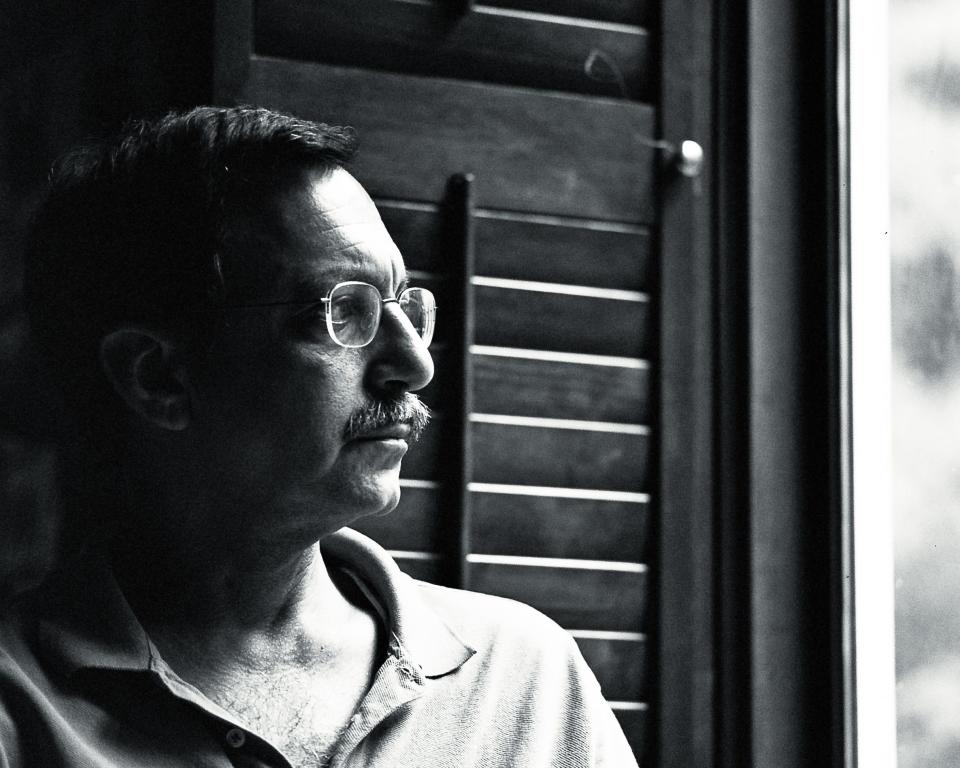Visiting Our Past: Cataloochee family fought to preserve idyllic mountain life

"I know that developers are trying to give a dream to the people who are buying expensive homes on the mountain slopes," says Beth Woody, Brittain Cove resident and Cataloochee descendant, "but the dream that they're trying to give is destroyed by their coming here."
"Some people come to the mountains because they've discovered that their hearts are here and they want to preserve the place," she observes. "But the ones who are responding to the advertisements now ... are coming for an illusion."
Woody is the great-granddaughter of Steve L. Woody, one of the last residents to leave Cataloochee after the federal government started condemning land for the Great Smoky Mountains National Park in 1929. Hattie Caldwell Davis, born in her grandfather's house in Cataloochee, documents in her book, "Cataloochee Valley: Vanished Settlements of the Great Smoky Mountains," the residents' shock and anger. They thought the park plan was a joke when they'd first heard of it.
Cataloochee, located at the end of a long, steep, winding, gravel road in Haywood County, seemed beyond the reach of takeovers. Its remoteness, along with family history, communality and beauty, ranked with good soil, good game, clear water and sturdy homes in the people's attachment to their place.
"I remember Granny looking out the window, saying this is God's country," Beth Woody recalls. "People felt that this was sacred land."
Some Cataloochee men proposed preventing government officials from possessing their land.
"We could cut them off at Cove Creek Gap, and the only other way to enter the valley is to come in from the Tennessee side, across Mount Sterling," Davis records one man saying. "We know them men over there on Mount Sterling will help us fight."
In the end, there was an exodus, with the Woodys, Caldwells, Palmers, Hannahs and other families dispersing to separate locations, mostly poorer farms than what they'd had. Carl Woody found a cove on the Little East Fork of the Pigeon River, which was "remarkably like Little Cataloochee in the lay of the land and plentiful water," he noted.
Two generations later, Beth Woody, working in Weaverville, spotted a road sign that read, "Dula Springs -- No Outlet," and it made an impression on her. While out seeking a piece of property to buy, she went down the road and entered what seemed to her like "a valley out of time."
"The Woodys," she reflects, "had lived in a very similar environment -- at the very end of the valley, with a spring in front of the house and at the bottom of the mountain."
Life in Cataloochee, despite the absence of modern technology, had been idyllic, descendants recall. Crops were rotated, landscapes were beautifully managed (like the Amish fields, says Beth Woody), and food was plentiful. People worked hard, yet there was time for Saturday night frolics and room for various lifestyles.
Robert H. Woody returned to his home place for the first time in two decades in 1955 to attend a Cataloochee Homecoming. In an article he published in the South Atlantic Quarterly, he portrayed Uncle Jim, mail carrier, Sunday school preacher, expert bee tree finder and reader of the Tri-Weekly Constitution from Atlanta. And he portrayed Major, a distant cousin, whose sole occupation was fishing and who was happy with the tobacco he earned from it.
The Cataloochee inheritance of spirit and vision was in Beth Woody's mind when she received a call from a developer who planned to grade the mountain above her in Brittain Cove for luxury homes that would outnumber all those in Big and Little Cataloochee at their peak.
When Beth questioned the soundness of the development, her caller said, she recalls, "You people have got to realize that change happens. ... There's nothing you can do."
"You people," Beth and her sister, Suzanne Woody Medd, echo. "You don't talk that way to a Woody."
Shortly afterward, Beth became part of a Brittain Cove -- and later Buncombe County -- initiative to steer mountainside development toward community preservation.

Rob Neufeld wrote the weekly local history feature, "Visiting Our Past," for the Citizen Times until his death in 2019. This column originally was published Oct. 28, 2006.
This article originally appeared on Asheville Citizen Times: Visiting Our Past: Cataloochee family fought to preserve idyllic life

